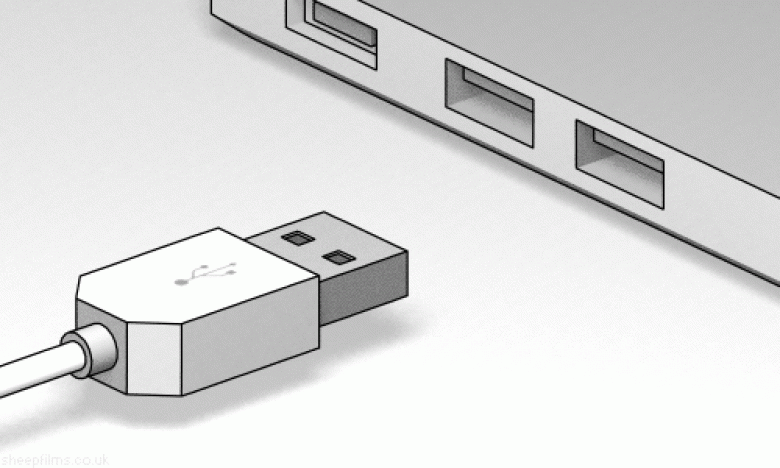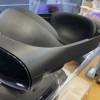A brief history of USB, what it replaced, and what has failed to replace it
Like all technology, USB has evolved over time. Despite being a “Universal” Serial Bus, in its 18-or-so years on the market it has spawned multiple versions with different connection speeds and many, many types of cables.
The USB Implementers Forum, the group of companies that oversees the standard, is fully cognizant of this problem, which it wants to solve with a new type of cable dubbed Type-C. This plug is designed to replace USB Type-A and Type-B ports of all sizes on phones, tablets, computers, and other peripherals. Type-C will support the new, faster USB 3.1 spec with room to grow beyond that as bandwidth increases.
It's possible that in a few years, USB Type-C will have become the norm, totally replacing the tangled nest of different cables that we all have balled up in our desk drawers. For now, it’s just another excuse to pass around that dog-eared XKCD comic about the proliferation of standards. While we wait to see whether Type-C will save us from cable hell or just contribute to it, let’s take a quick look at where USB has been over the years, what competing standards it has fought against, and what technologies it will continue to grapple with in the future.










































































